From medical emergencies to natural disasters, the Philippines is a country that experiences its fair share of emergencies. Citizens and visitors alike need to know about the different types of emergency services available in this nation so they can respond effectively during times of crisis.
The Philippines has various emergency services available to respond to different crises. The Bureau of Fire Protection handles fire suppression and natural disasters, while the Philippine National Police ensures public safety. The Philippine Red Cross provides humanitarian aid, while private ambulance services transport patients to medical facilities during emergencies.
In this blog post, we’ll look at some of the emergency services available in the Philippines, including firefighters, medical services, and more. Read on to learn more about the different ways you can stay safe during an emergency in the Philippines!
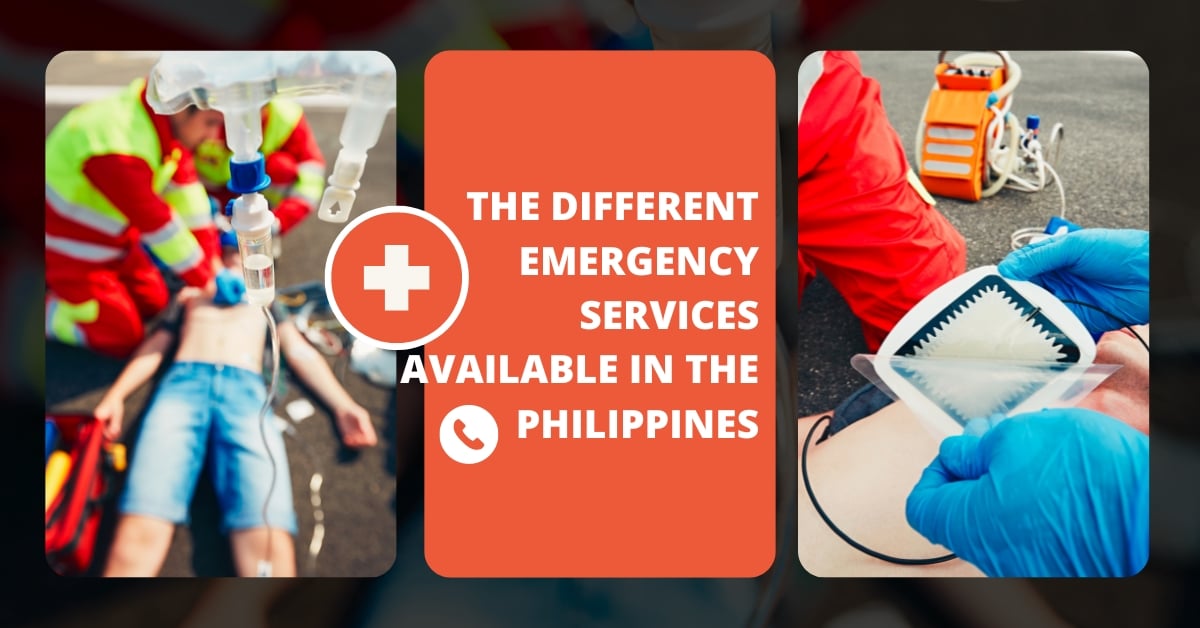
Firefighting Services
Firefighting services play a crucial role in the Philippines, where fire incidents are all too common. The Bureau of Fire Protection (BFP) is responsible for providing firefighting and rescue services throughout the country. The agency has over 2,000 fire stations nationwide, making it one of the largest firefighting organizations in Southeast Asia.
BFP firefighters are often called upon to respond to fires in densely populated urban areas, rural communities, and even remote parts of the country. They work tirelessly to prevent fires from spreading, and to rescue those who are trapped in burning buildings. The agency also provides training and education programs to help communities prevent fires and respond appropriately to emergencies.
Despite the challenges faced by firefighters in the Philippines, the BFP continues to make strides in improving emergency response times and reducing the number of fire-related fatalities. The agency has been upgrading its equipment, including fire trucks and other firefighting gear, to ensure that its firefighters have the tools they need to carry out their missions effectively.
Overall, firefighting services in the Philippines are an essential part of the nation’s emergency response infrastructure. With dedicated firefighters and modern equipment, the BFP is working to protect communities and save lives in the face of devastating fires.
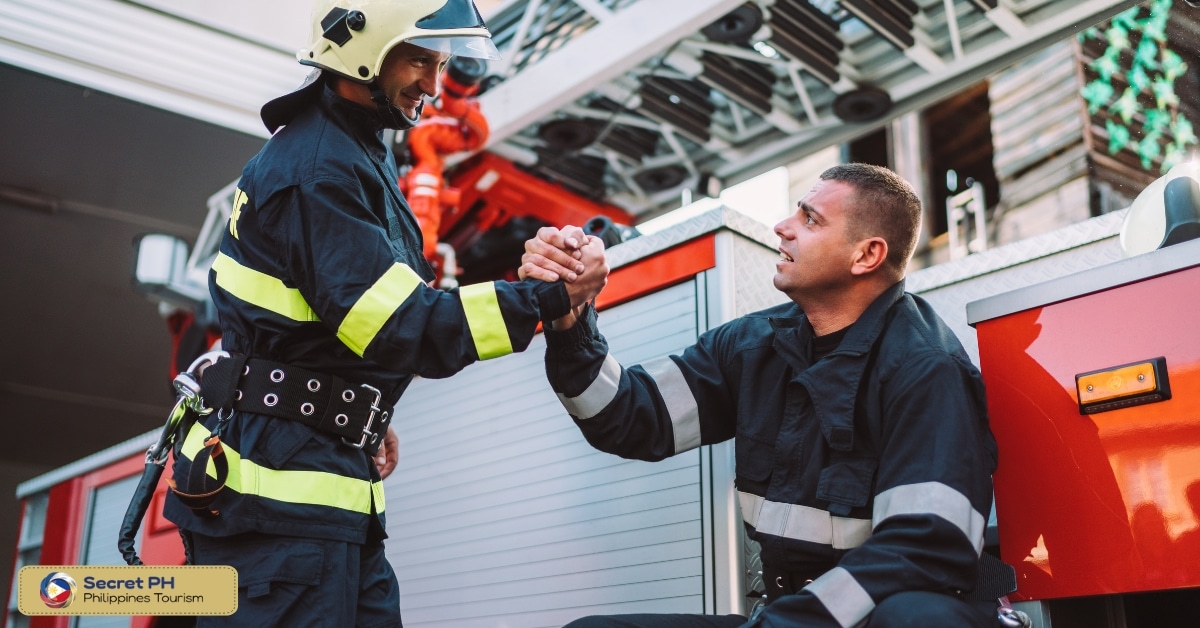
Medical Emergency Services
Medical emergency services are critical to providing immediate, life-saving care to those in need. They are responsible for providing rapid response during medical emergencies, such as heart attacks, strokes, and traumatic injuries. Medical emergency services respond quickly and provide care on-site, and they work collaboratively with hospitals and other medical providers to ensure patients get the appropriate care they need.
In the Philippines, the Department of Health (DOH) oversees medical emergency services, and the government is making great strides to improve the accessibility and quality of emergency medical care nationally. The Philippine National Red Cross (PNRC) is also a vital player in these services, offering ambulances and rescue units that transport patients to hospitals.
The emergency medical service (EMS) system in the Philippines is comprised of medical personnel, emergency medical technicians, and paramedics. They have to undergo rigorous training and education to be able to respond to medical emergencies successfully. These professionals are well-equipped to stabilize patients and provide advanced care while en route to the hospital.
As a strategy to reduce fatalities on the road and increase public access to emergency medical services, the Toll Regulatory Board (TRB) in partnership with the Department of Health (DOH) has established “Safe-TOW,” an ambulance subsidy project that aims to provide first-aid services by deploying ambulances in all toll expressways nationwide.
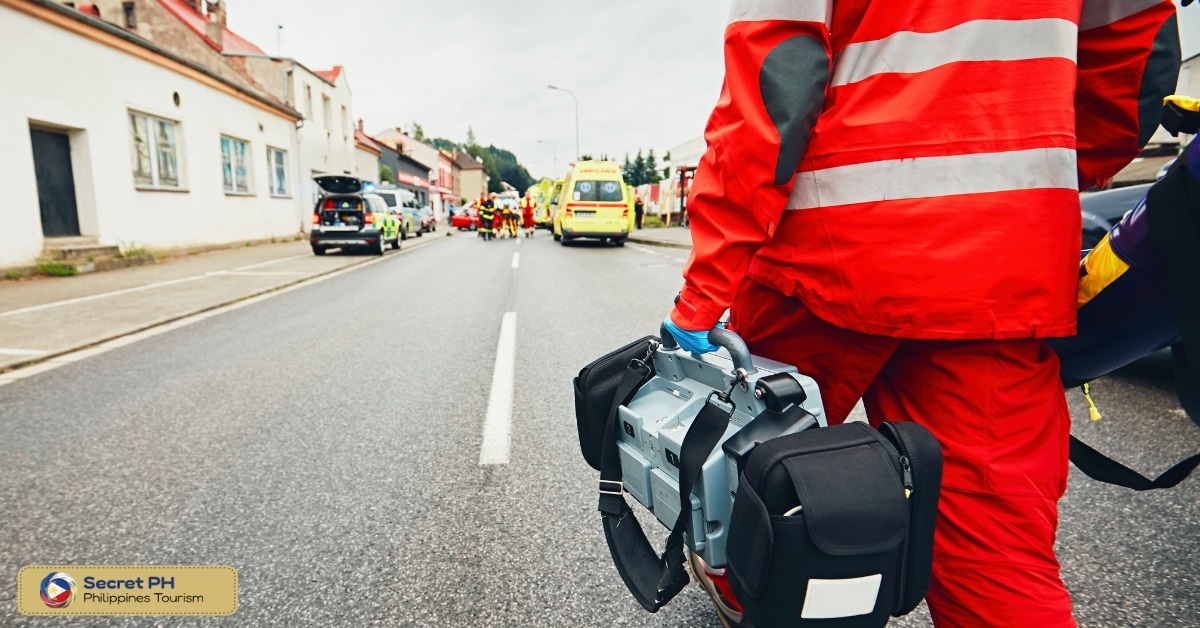
Natural Disaster Preparedness and Response
Natural disasters such as typhoons, earthquakes, and floods are common occurrences in the Philippines. To minimize the impact of natural disasters, the government of the Philippines has implemented a comprehensive disaster preparedness and response plan.
The National Disaster Risk Reduction and Management Council (NDRRMC) is responsible for leading these efforts. The council has established emergency response teams in the local communities that are trained to respond quickly and effectively to natural disasters. They have also established early warning systems that help to minimize the loss of life and reduce property damage.
The government of the Philippines has invested in a comprehensive disaster preparedness infrastructure that includes building shelters, early warning systems, and stockpiling essential supplies such as food, water, and medical resources. They work with organizations such as the Philippine Red Cross and the United Nations Office for the Coordination of Humanitarian Affairs (OCHA) to ensure the timely delivery of aid to disaster-stricken communities.
The Philippine National Police (PNP) and the Armed Forces of the Philippines (AFP) also play a crucial role in natural disaster response by providing search and rescue, medical assistance, and logistical support during and after a disaster. They work in collaboration with local government units, non-profit organizations, and international aid groups to provide immediate relief to affected communities.
Overall, natural disaster preparedness and response in the Philippines represent an ongoing effort to minimize the impact of natural disasters on people and infrastructure within the country. The government’s collaborative approach ensures that communities and families are protected as much as possible during the event of a natural disaster.
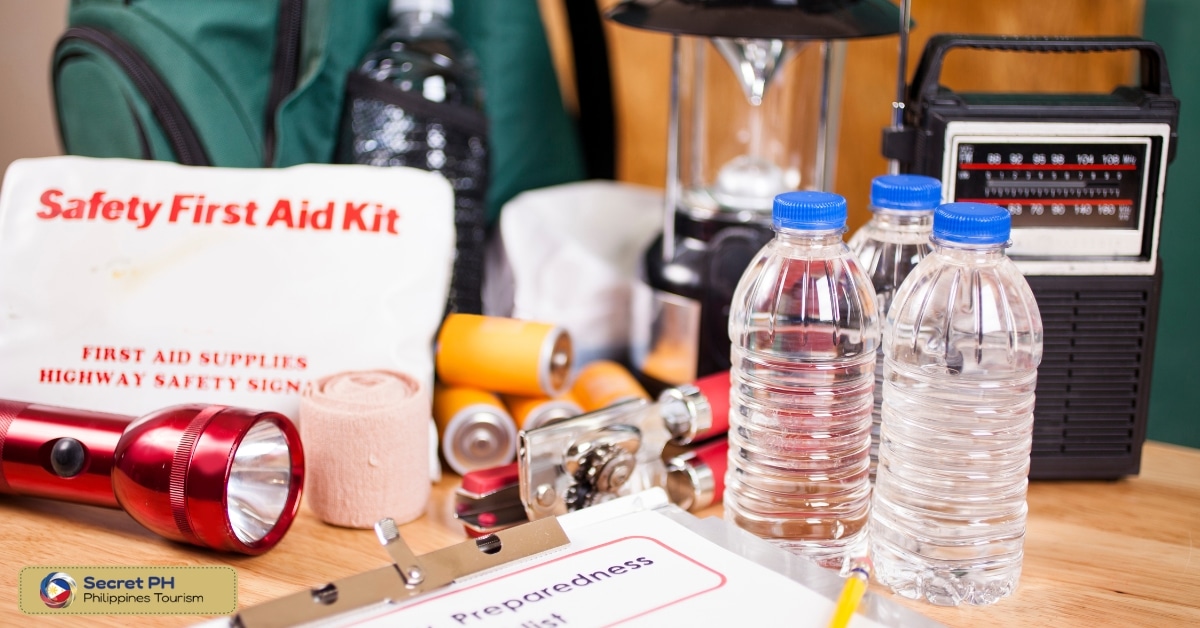
Other Important Emergency Services
In addition to firefighting and medical emergency services, other vital emergency services play a critical role in ensuring that communities are safe and secure. These services often work in partnership with local government units, private organizations, and non-profit groups to minimize damage, assist people affected by a crisis, and respond quickly to natural disasters.
Here are some of the most important emergency services:
Police services: The Philippine National Police (PNP) is tasked with providing security, maintaining law and order, and protecting citizens from harm. They work closely with local governments to provide quick responses to crime, accidents, and other emergencies.
Search and Rescue services: The Philippine Coast Guard (PCG) and the Philippine National Red Cross (PNRC) provide rescue and assistance during floods, typhoons, earthquakes, and other natural disasters.
Hazardous materials (hazmat) response: The Bureau of Fire Protection (BFP) and the Department of Environment and Natural Resources (DENR) work together to manage the impact of hazardous materials on both human health and the environment.
Energy outage or Disruption Response: Energy Delivery Service Providers also known as Distribution Utilities, stand as the primary responder to power outages, current leakage, and other related emergencies that affect electric energy distribution.
Animal control services: The Bureau of Animal Industry (BAI) provides support and assistance during animal emergencies like disease outbreaks and animal-borne disasters.
Overall, these emergency services are vital in ensuring that people are safe during times of crisis. They work together with other relief organizations and government units to provide the appropriate response to emergencies.
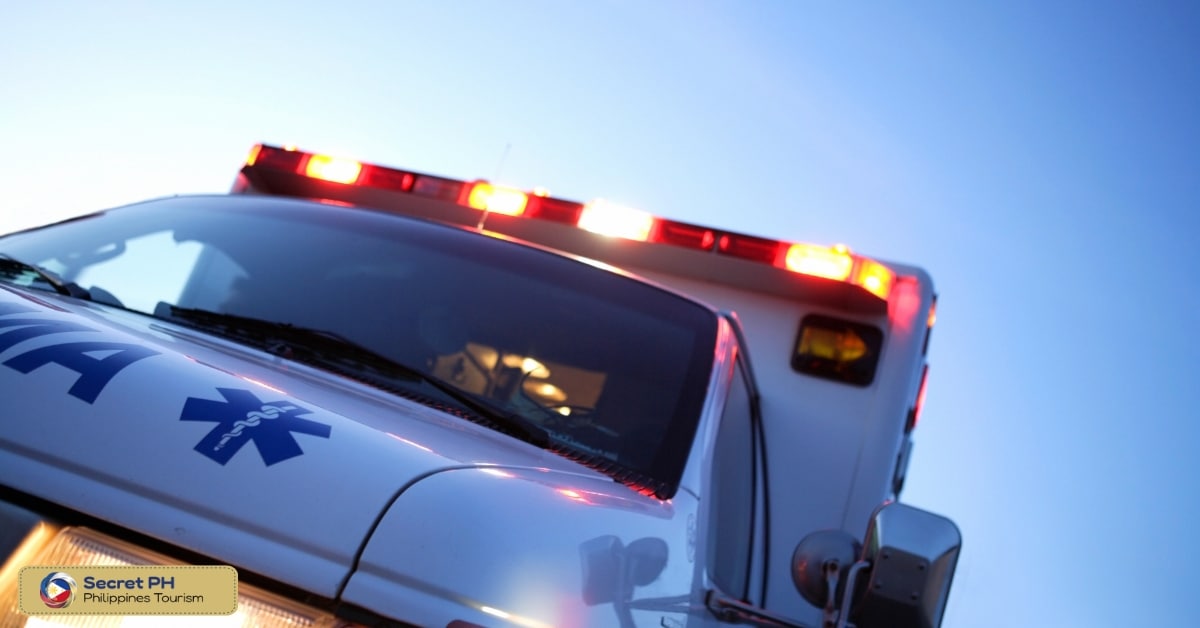
Conclusion
The Philippines faces many emergencies, from medical emergencies to natural disasters. Knowing about the different types of emergency services available in the country is crucial for citizens and visitors alike so that they can respond appropriately in times of crisis.
This blog post has taken a look at some of the main emergency services in the Philippines, including firefighting, medical, and natural disaster preparedness and response. With these services in place, the Philippines is better equipped to handle emergencies quickly and efficiently. Ultimately, having access to appropriate emergency services can mean the difference between life and death during times of crisis.








